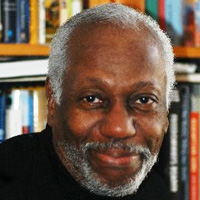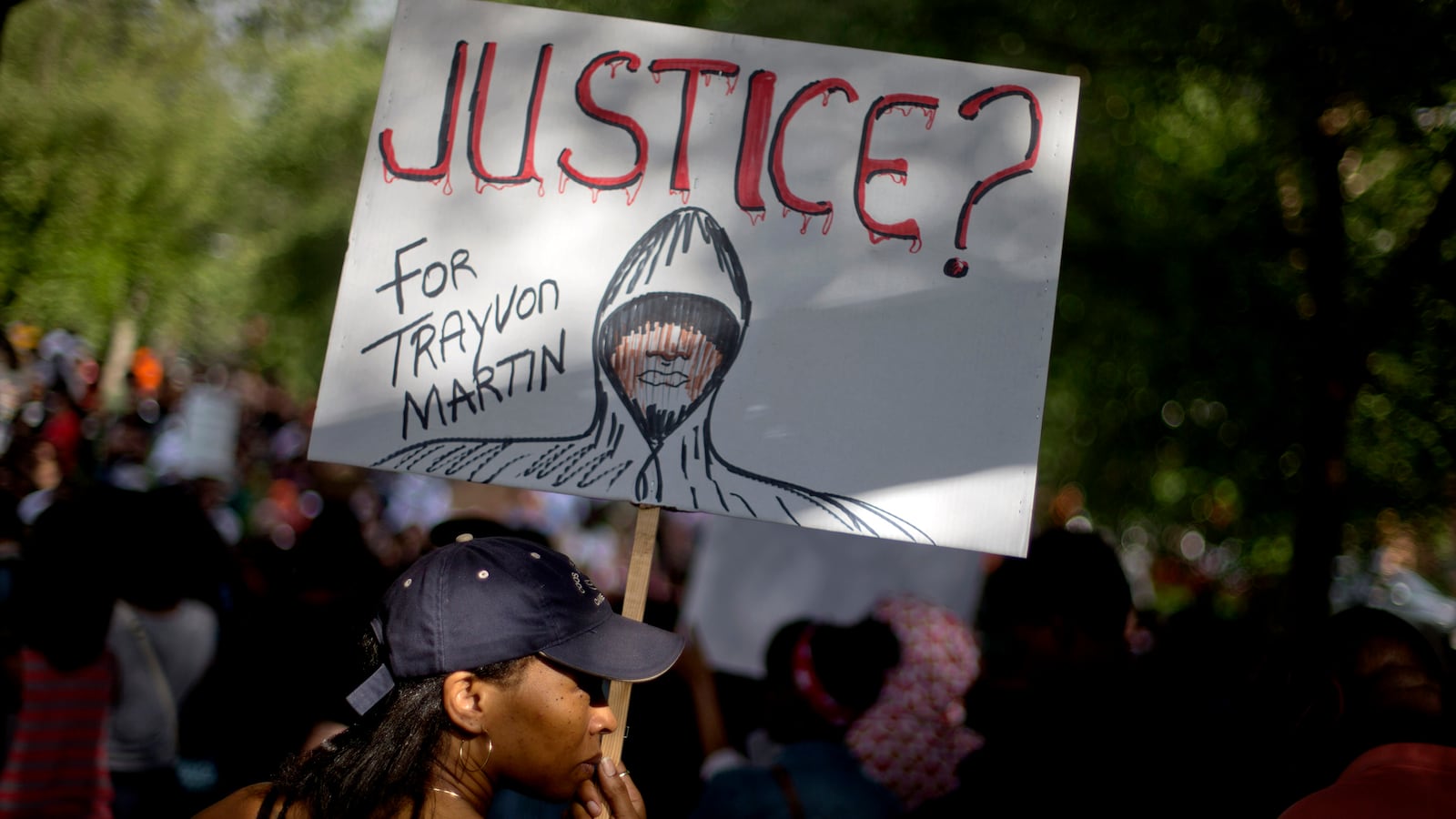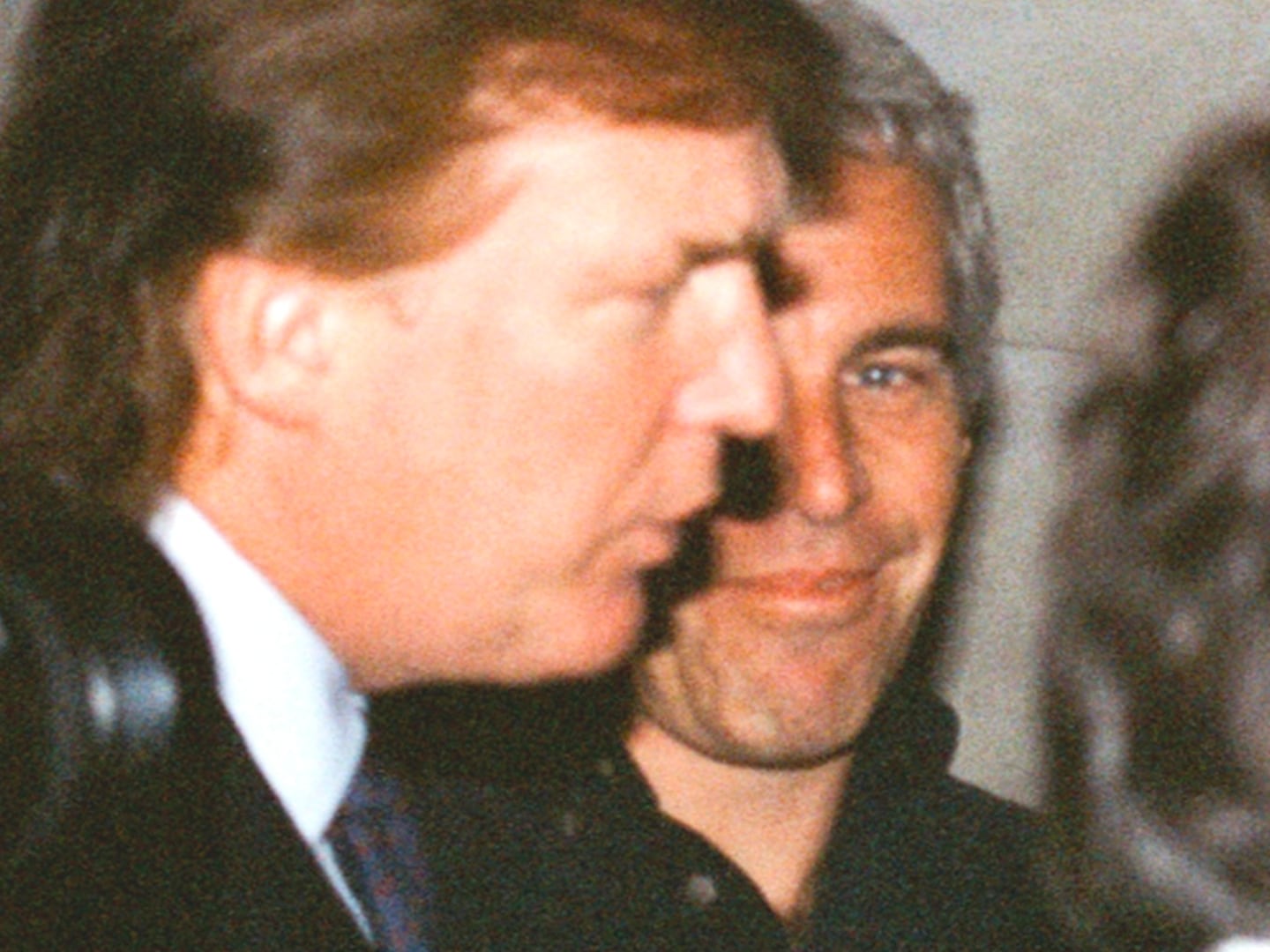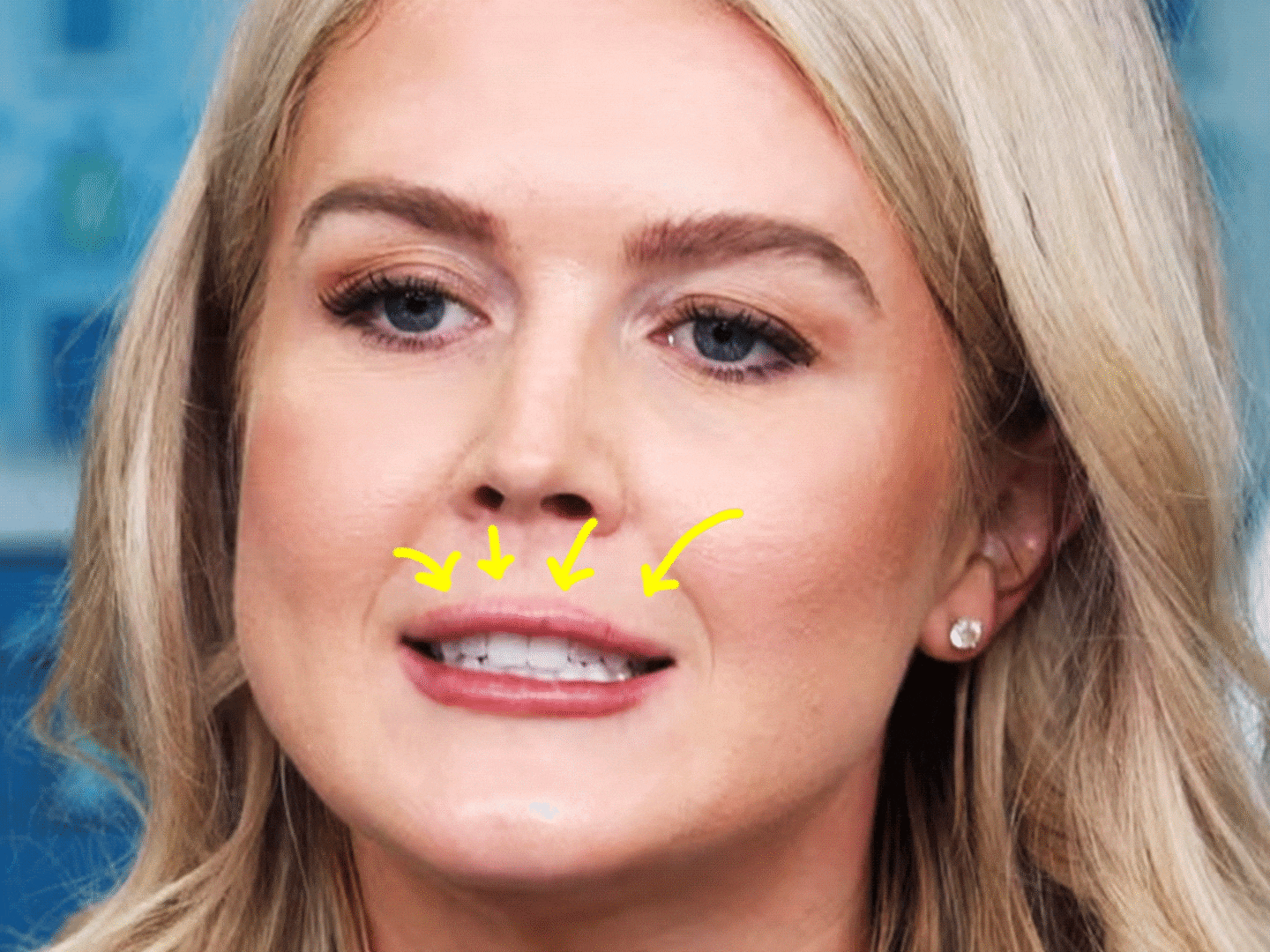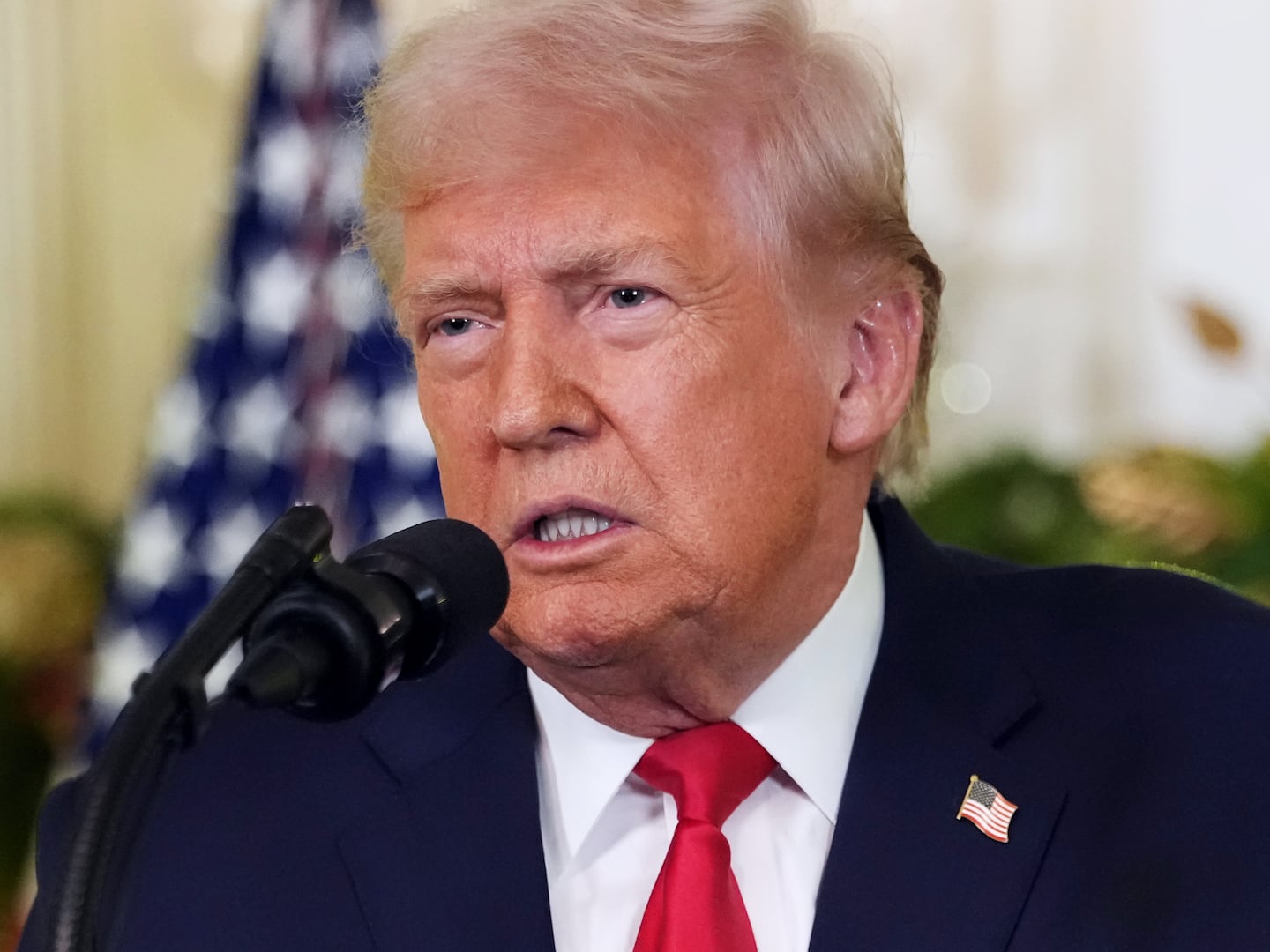Like many Americans, my sleep was troubled last night, troubled by the ghosts of past injustices, a feeling given fresh currency by a late-hour not-guilty verdict from Sanford, Florida, that freed George Zimmerman in the shooting death of unarmed teenager Trayvon Martin.

Equally aroused, unfortunately, was the 800-pound gorilla called race, and many of us were hoping and praying that justice would enter the hearts of the six women jurors, none of them African-American like the slain Martin. One of the defense attorneys for Zimmerman said he was glad the outcome did not turn a tragedy into travesty. And like much of his cross-examination, he was wrong again.
No, Virginia, there is no Santa Claus, nor is there justice in American courts—Supreme or otherwise—particularly when it comes to black Americans.
Yes, my sleep was troubled, and there came the jangling discords of all the cases of police brutality—and these were not “wannabe cops”—whom I’ve covered in my years as a journalist. In 1986 I was living in New York City for the third time when I was dispatched to cover the Howard Beach incident; then there was the outrage Tawana Brawley inspired in 1987, and the wanton shooting of several teenagers in 1984 by Bernhard Goetz, who claimed he was being robbed. His later acquittal was my reintroduction to jury nullification, which I will discuss further in a moment.
Even before scurrying to rallies and marches and sitting hour after hour in the city’s courtrooms, the backstories of recent injustices, mainly by the NYPD, shaped my outlook, especially what I had heard of Eleanor Bumpurs, Michael Stewart, Clifford Glover, and Randy Evans, all of them victims of overzealous police officers.
But last night’s visitations were more immediate. Once again I saw families in tears after the acquittal of cops who killed Amadou Diallo, Anthony Baez, Sean Bell, and Ramarley Graham and savagely sodomized Abner Louima. They tugged at my memory, most of them cases I had covered that often left me feeling like Digger O’Dell, fighting each time to ward off that scab of callousness that inures one’s sensitivity.
Beyond the precincts and journalism that have informed so much of my thinking about race and society are the lessons I’ve gathered from history. One would have to turn a blind eye to history to think that six women, five reportedly white and one reportedly Hispanic, would convict a white man of killing a black boy. Pages of American history weighed on my sleep last night, and I thought of chapters of atrocities about the lynching of black men in America, the senseless mayhem that has made living in this country a daily challenge for black Americans.
To date, there has been much talk about the 50th anniversary of the March on Washington; the assassination of Medgar Evers; the insidious slaughter of four little girls in Birmingham, Alabama; and even as far back as 150 years ago with the commemoration of President Lincoln’s Emancipation Proclamation. But to recall another moment in our nation’s history 150 years ago, we can bring to mind the New York City draft riots in the midst of the Civil War.
On July 13, the same day as Zimmerman’s emancipation, African-Americans were set upon by whites in the city who were angry. They thought they were being conscripted to fight in a war over slavery, only to watch blacks take their jobs once they were sent off to battle. Some 100 to 1,000 people perished during the 4 days of rioting, most of them African-Americans, some of them strung up on lampposts or dragged through the city by white hooligans. Some rioters were so full of hatred that they set fire to the Colored Orphan Asylum, but luckily no children were killed.
Thinking about Trayvon, I recalled the words of President Obama when he said that if he had a son, he would look just like Trayvon. I have a son who is an older version of Trayvon and is no less safe in a country where in an instant an innocent black life can be snuffed out.
The miscarriage of justice—no, the abortion of justice, as one reverend might call it—was reminiscent of what happened to Emmett Till, another young teenager who ventured to the South and felt the full wrath of Mississippi menace and mendacity.
Several years ago I had the opportunity to work on a book with Simeon Wright, Till’s first cousin, who slept next to him that fateful morning when two white men snatched him from slumber, spirited him away, and later beat him mercilessly, so much so that his face was disfigured; there was a bullet hole through his head. An all-white jury acquitted the two white men, and nothing was done to them even after they confessed to the murder years later.
Earlier I had mentioned jury nullification. The Till case is a good example of this, in which jurors, having considered evidence that pointed overwhelmingly to the guilt of the accused, is circumvented. A cursory glance back on American history and the instances of such practice are replete. Take, for example, the Fugitive Slave Act of 1850, when juries refused to convict slave owners and bounty hunters who had violated the law. And the case of James “Wild Bill” Hickok in 1865 bears some similarity to what occurred in the Zimmerman-Trayvon case.
Hickok was on trial for manslaughter, and the judge gave the jury two instructions. He instructed them that a conviction was its only recourse under the law; he then told them they could apply the unwritten law of “fair fight” and acquit. Hickok was acquitted, and it caused a public outcry of injustice. Fair fight can be compared with Zimmerman’s so-called self-defense, or the nefarious “stand your ground” law.
Of course, when jury nullification was bandied about in the O.J. Simpson trial, the shoe was on the other foot, so to speak, when Simpson was acquitted in 1995. For many black Americans, this verdict was a form of payback and vindication in a racist criminal-justice system that always rendered black Americans as the victims.
Jury nullification may not get much attention after this case, and it may go on as unspoken as racial profiling, which the judge refused to allow in the courtroom.
Even so, race continues to plague our society, the 800-pound gorilla in practically every endeavor of social relations. The recent decisions by the Supreme Court on the Voting Rights Act and affirmative action signals loudly the presence of race and the inability of some of our justices to speak its name. Race is something that resonates in the highest realms of our government and in the lowest quarters of our cities, and certainly in the deepest sinews of citizens who swear they haven’t a racist bone in their body.
Yes, Virginia, racism is alive and well in America, and those who for a minute thought it was on life support only have to open their eyes and read today’s headlines and see the tragedy and travesty that once again troubles my sleep—and yours should be troubled, too.
